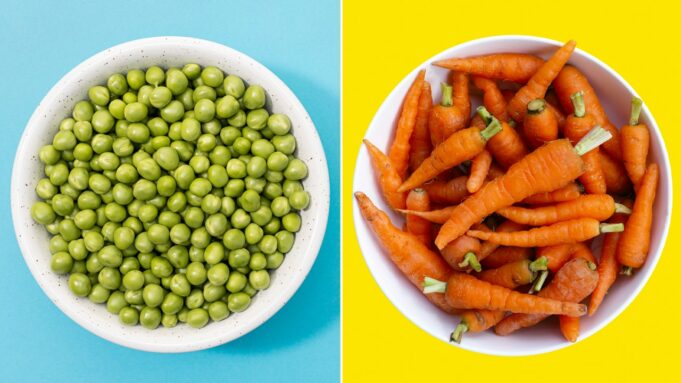Incorporating more vegetables into your diet is always beneficial.
But when it comes to the classic pairing, do peas or carrots take the lead?
“Both carrots and peas are beloved vegetables utilized in a diverse range of dishes across various diets. Despite their differing nutritional compositions, both are healthy choices,” explained Dr. Vandana Sheth, registered dietitian nutritionist, plant-based and diabetes expert, and CEO of Vandana Sheth Inc.
SPINACH VS. KALE: NUTRITIONISTS EXPLAIN THE ULTIMATE COMPARISON
When prepared properly, many would agree that both can be quite delectable.
Continue reading to discover how peas and carrots compare in this nutritional showdown.

Both carrots and peas are excellent components to include in your diet, though they have distinct nutritional profiles. Which one do dietitians favor? (iStock)
Nutritional analysis of carrots
Carrots offer a beneficial contribution to a balanced diet.
“Carrots, whether consumed raw or cooked, are abundant in vitamins and minerals such as vitamin A (in the form of beta-carotene), vitamin C, potassium, and fiber,” noted Dr. Michelle Routhenstein, preventive cardiology dietitian at EntirelyNourished.com.
APPLES VS. ORANGES: WHICH FRUIT IS ‘BETTER’ FOR YOU?
They are frequently highlighted for their impressive beta-carotene content, known for its beneficial effects on eye health, immune function, and skin health, Routhenstein added.
Cooking carrots may enhance the availability of carotenoids, a plant compound, she explained.
“Research indicates a 14% increase in carotenoid concentration when cooked, improving vitamin A absorption,” she stated.
Raw carrots, in contrast, have a lower glycemic index compared to cooked due to the breakdown of fiber during the cooking process, according to Routhenstein.
CONSUMING BABY CARROTS REGULARLY CAN PROVIDE SIGNIFICANT ANTIOXIDANT BENEFITS, NEW RESEARCH DISCOVERS
Loaded with beta-carotene and other carotenoids, these crunchy root vegetables are low in calories and support heart health, eye health, digestion, and potentially weight loss, Sheth noted.
On the nutritional front, two raw carrots deliver 41 calories, 9 grams of carbohydrates, 2.7 grams of fiber, and 0.8 grams of protein, according to Sheth.
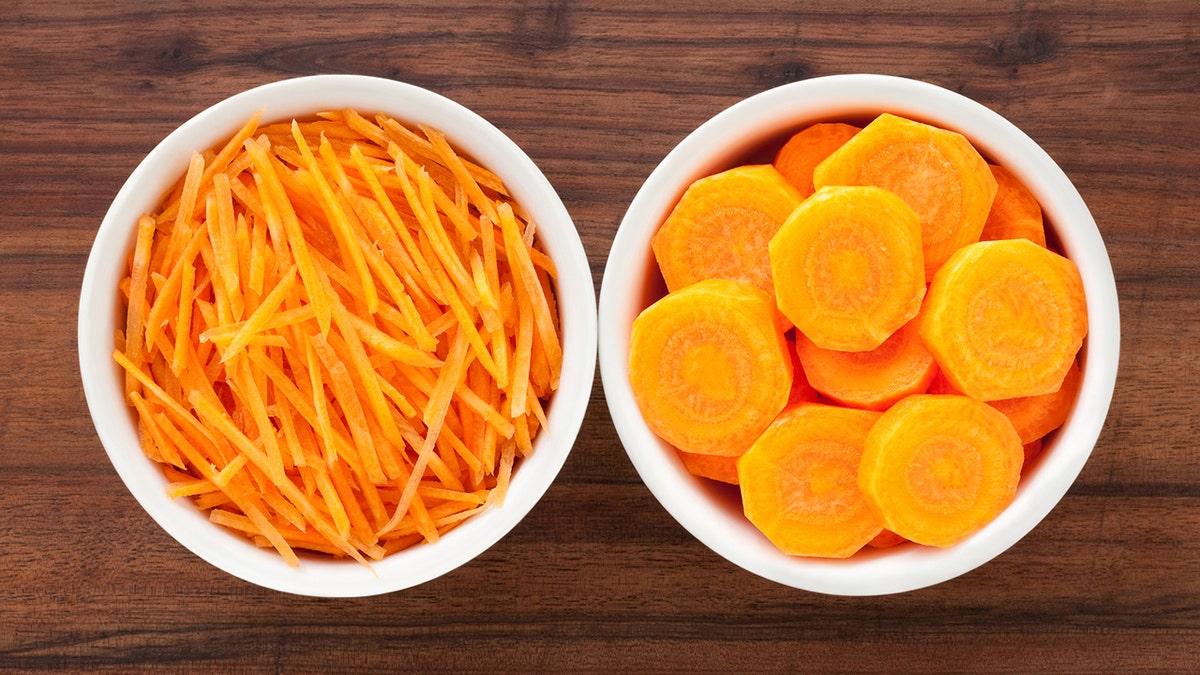
Carrots are available in a variety of colors and shapes, making them enjoyable both cooked and raw. (iStock)
To keep it interesting, Sheth suggests her clients purchase carrots in different colors and shapes (whole, baby carrots, and frozen) and enjoy them both raw and cooked.
Whether opting for whole carrots, convenient baby carrots, or frozen varieties for longer shelf life, Routhenstein advises shoppers to look for firm, vibrant orange options with smooth skin.
Nutritional analysis of green peas
Peas may be small, but they are dense in nutrients.
CHOCOLATE ICE CREAM VS. VANILLA ICE CREAM: WHICH DESERT IS ‘BETTER’ FOR YOU? THE COLD HARD FACTS
“Cooked peas, whether fresh, frozen, or canned without additives, are all nutrient-dense,” Routhenstein remarked, noting that they are particularly abundant in fiber and protein compared to numerous other vegetables (in fact, peas are classified as legumes, not vegetables).
She emphasized that green peas are particularly rich in vitamin C, K, iron, and manganese, all of which contribute to immune health, bone health, and cardiovascular health.

Green peas are rich in vitamin C, K, and other essential vitamins that benefit immune, bone, and heart health. (iStock)
Moreover, peas are also a great source of dietary lignans, which are phytonutrients thought to lower heart disease risk and support overall heart health, she mentioned.
GREEK YOGURT VS. REGULAR YOGURT: WHICH IS ‘BETTER’ FOR YOU?
A typical half-cup serving of cooked peas has around 62 calories, 11 grams of carbohydrates, 4 grams of fiber, and 4 grams of protein, Routhenstein stated.
When opting for peas, she advised selecting fresh or frozen varieties without added salt or sugar to optimize their nutritional benefits.
If you choose canned peas with added salt, Sheth suggested rinsing them well to lower the sodium content.
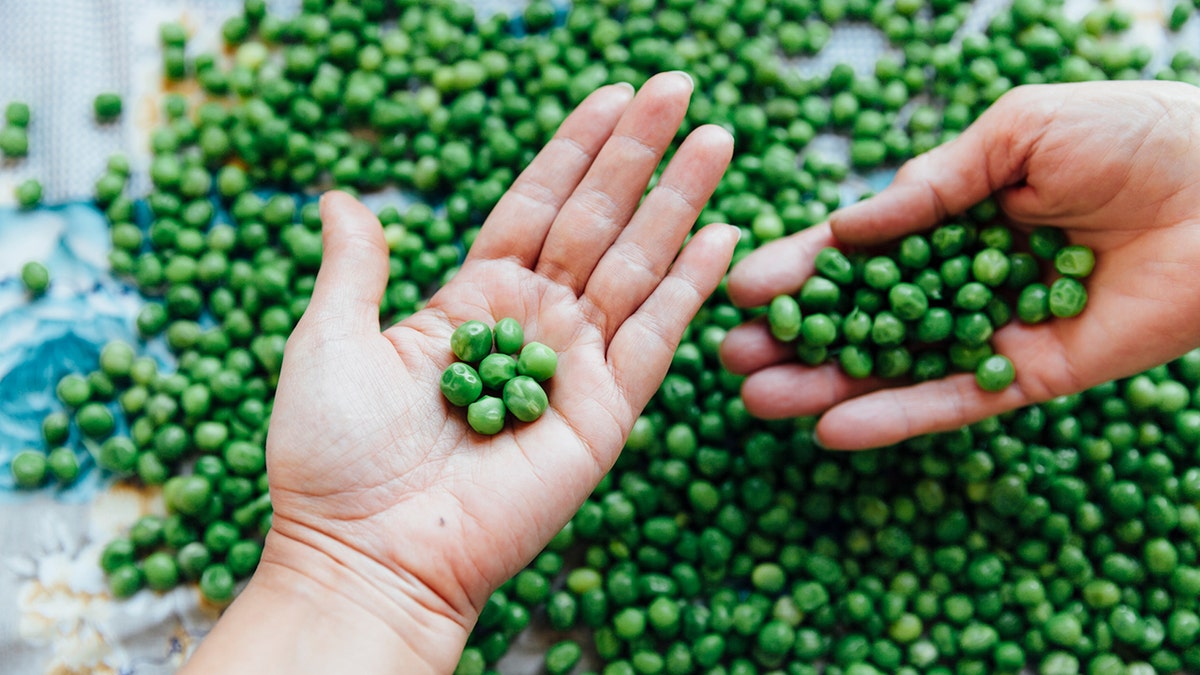
If you buy canned peas with additional salt, a nutrition expert recommends rinsing them thoroughly to cut down the sodium content. (iStock)
Thanks to their versatility, frozen peas are especially handy and healthy to have on hand, Sheth remarked.
IS A SALAD ALWAYS A HEALTHIER OPTION THAN A SANDWICH? THINK AGAIN
Furthermore, frozen peas can be stored for months in a freezer.
Which is healthier: peas or carrots?
If you’re including more peas or carrots in your meals, a nutritionist is unlikely to discourage that.
Ultimately, the choice between the two may come down to personal preference: whichever vegetable you enjoy more is likely the better option for you.
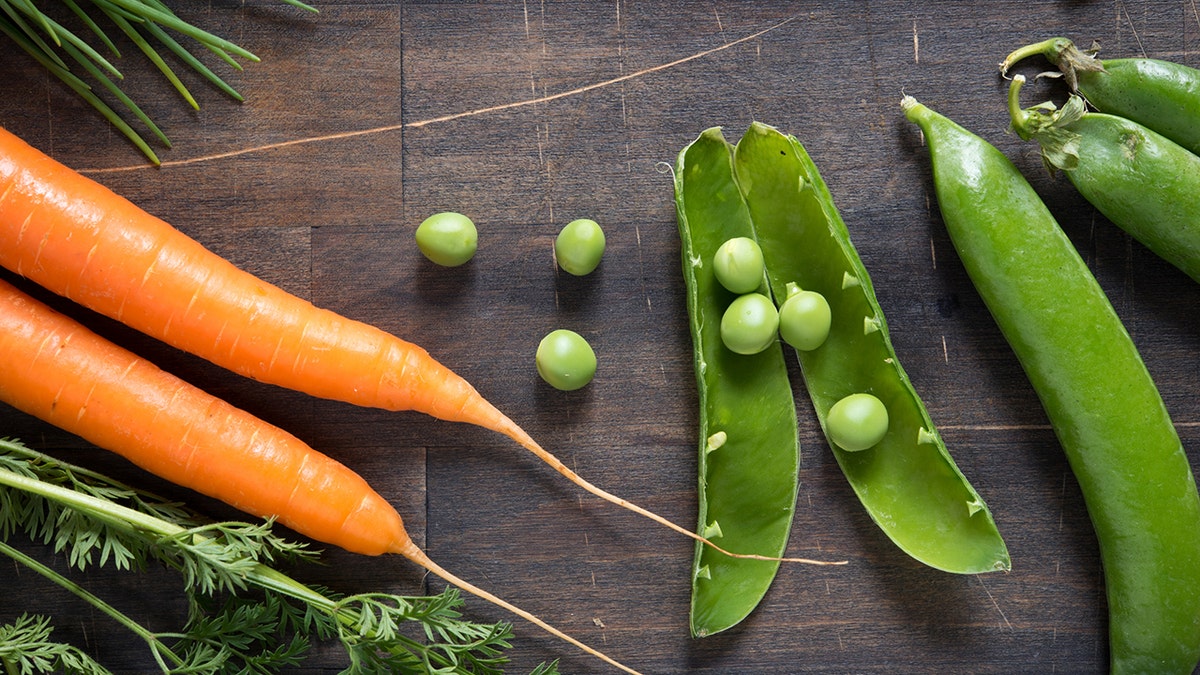
Regardless of whether you prefer carrots or peas, both are nutritious options. (iStock)
In conclusion, both peas and carrots offer health benefits but in varying ways.
For more Lifestyle articles, visit www.foxnews.com/lifestyle
For instance, carrots are notably high in vitamin A, while peas boast higher levels of protein and fiber, according to Sheth.
For snacking, carrots are a clear winner.
They are rich in fiber and convenient for healthy on-the-go snacking, Routhenstein mentioned.
GUACAMOLE VS. HUMMUS: IS ONE OPTION ‘BETTER’ FOR YOU?
“Combining them with healthy fats such as nuts or nut butter enhances the absorption of beta-carotene, an important fat-soluble nutrient,” she added.
Peas, however, are not typically a stand-alone snack. They can be added to stir-fries, rice dishes, curries, stews, soups, salads, and more, Routhenstein noted, enhancing meals with extra protein and unique phytonutrients exclusive to peas.
CLICK HERE TO SIGN UP FOR OUR LIFESTYLE NEWSLETTER
Overall, Routhenstein stated that if she had to choose a healthier vegetable, she might lean towards peas “due to their higher fiber content, distinct phytonutrient profile, and protein levels, providing a more filling and satisfying eating experience.”
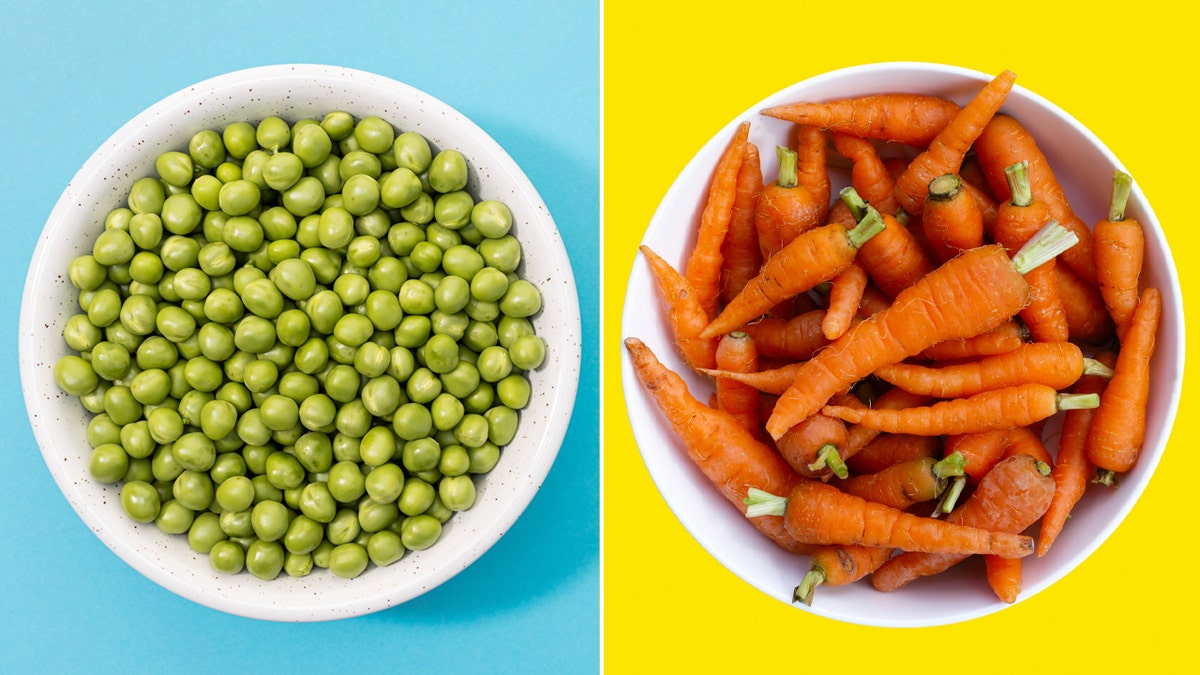
Given the abundance of vitamins along with their nutritional profiles and protein content, peas may have the upper hand, according to one nutrition expert. (iStock)
Incorporating a variety of vegetables is essential for obtaining a wide range of nutrients, Sheth emphasized.
CLICK HERE TO DOWNLOAD THE FOX NEWS APP
In essence, Sheth concluded, “eating the rainbow” is the right approach.




























